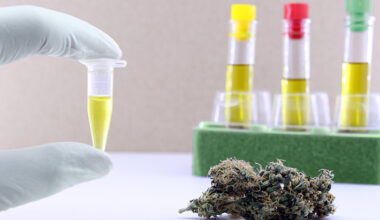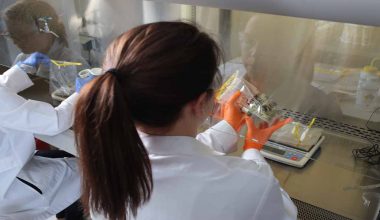
Farmers in Arizona found out the hard way that drip irrigation may not be the way to go for growing hemp crops in the state’s arid climate.
During the 2020 growing season, 85% of drip-irrigated hemp plants in Yuma and Graham Counties showed symptoms of crown and root rot, a disease that leads to leaf yellowing and browning, sudden wilting and plant death.
Agronomists at the University of Arizona said the pathogen causing crop losses was Pythium aphanidermatum, commonly known as water mold, which thrives in damp environments and can infect hemp at any growth stage.
Crown and root rot on hemp is often found in heavy soils with poor drainage, particularly in hot climates using plastic mulch and excessive irrigation.
According to the agronomists’ study, infection can be minimized by ensuring crops are grown in soils with good drainage, regulating irrigation to prevent oversaturation and removing mulch to reduce soil moisture.
The U.S. Environmental Protection Agency has not yet approved fungicides to help farmers manage Pythium on hemp.
In 2019, farmers experienced off-the-charts crop losses after hemp crops exceeded 0.3% THC levels, which state authorities attributed to the hot climate. Hemp acreage fell from 5,430 acres in 2019 to 1,130 acres in 2020.
Medical Disclaimer:
The information provided in these blog posts is intended for general informational and educational purposes only. It is not a substitute for professional medical advice, diagnosis, or treatment. Always seek the advice of your physician or other qualified healthcare provider with any questions you may have regarding a medical condition. The use of any information provided in these blog posts is solely at your own risk. The authors and the website do not recommend or endorse any specific products, treatments, or procedures mentioned. Reliance on any information in these blog posts is solely at your own discretion.






